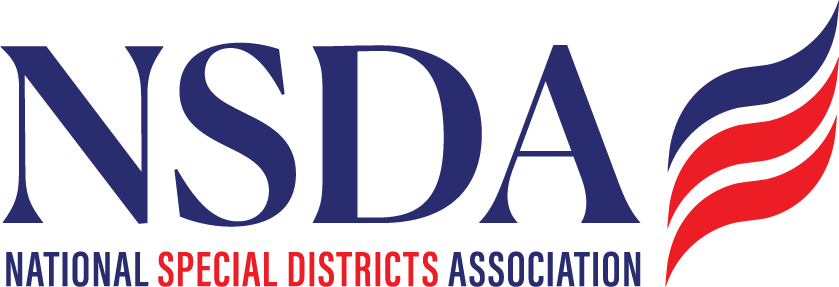Districts Make the Difference: What You Won’t Hear About Special Districts in Today’s Headlines
April 27, 2022
Special districts have been in the national headlines following the Florida State Legislature’s action to dissolve a narrow set of special districts, targeting the Reedy Creek Improvement District, upon which Walt Disney World was created. This action and subsequent news articles have largely been focused on the social political topic driving the dissolution of these districts, and less so on what special districts are and the great services they provide to millions of Americans across the country.
Published Wednesday exclusively on Smerconish.com is a piece by Districts Make the Difference, the national public awareness campaign for special districts, that advances awareness of how more than 30,000 districts provide critical and essential local public services districts to enhance Americans’ quality of life. I ask that you take a moment to read this piece below, engage, and share on your social media platforms to amplify special districts’ voice.
From Smerconish:
What You Won’t Hear About Special Districts in Today’s Headlines
By Kristin Withrow, Communications Specialist for Districts Make The Difference
The term “independent special district” has been prominent in the national news this week following Florida Governor Ron DeSantis’ call to dissolve certain districts, including the Reedy Creek Improvement District that contains the self-sustaining government model for the area encompassing Walt Disney World. But there are many types of special districts providing public services to millions of Americans across the country that often go unnoticed.
The term “special districts” typically does not appear in headlines, but they are commonly referred to as such in political discourse. News agencies often misunderstand the structure of special districts in government, resulting in reports that color their existence in an unfavorable light. However, when they do make news, there is a misplaced tendency to frame them as nefariously secretive. The truth is that independent special districts are the most local form of government that exists in the United States, and they’re everywhere – more than 30,000 special districts across the country provide essential public services in communities where other units of government opted not to provide the services or could not adequately execute the services.
Put simply, independent special districts perform specialized services in a community. They are political subdivisions of a state with autonomy to fulfill the mission established at the voters’ request in a transparent, inclusive manner. Many independent districts are created by a vote of the people in the communities they serve while some are created by a special act of a state legislature. Most special districts are comprised of a locally elected governing body overseeing public services funded by a local tax base that operates independently of other governments. Their services vary greatly, but the most common variants include fire protection, drinking water, sanitation, parks, healthcare, mosquito abatement, airports, ports and harbors, irrigation, roads and highways, libraries, natural resource conservation, and even cemeteries.
Independent special districts should not be confused with “dependent” special districts, which are subject to the influence of another local entity, such as a city or county. The board members of a dependent district serve at the pleasure of the city council or county supervisors, and sometimes even with the city or county.
By their very nature, independent special districts provide highly specialized services that require long-term investments in technology, infrastructure, and equipment. Examples may include fire protection districts equipped with tools specific to their topography or a particular threat, or irrigation and agricultural districts created to support the needed infrastructure to produce the crops that fuel America’s food supply.
Special districts can also be formed by communities to foster economic development and growth. There are many such districts that actively pursue the expansion of infrastructure and economic growth through business development, and the resultant utilities required to support the expansion of population that comes with such opportunity.
Contrary to attempts to portray special districts in a negative light, special districts across the nation operate with integrity and transparency in their communities. They are accountable to the community and governed by boards of directors who are subject to ethics laws, financial standards, reporting processes, and bylaws. To ensure these special districts have the tools they need for good governance, several states have special district-specific associations that provide certificates for documented professional standards, as well as training and education for special district staff and board members.
Just as there is a process to form a special district that is approved by the constituents of the community, the people who depend on local services should have the final say when it comes to the formation, dissolution, or consolidation of special districts. Special districts’ status must be protected from political whims or trending headlines.
In many ways, special districts are the aspirational model of government. They are local, for the people, and by the people.
There are resources available for the public to gain better understanding of special districts: The public awareness campaign ‘Districts Make The Difference’ can be followed @localdistricts on Facebook and Twitter and background information about special districts is available on their website at www.districtsmakethedifference.org.
